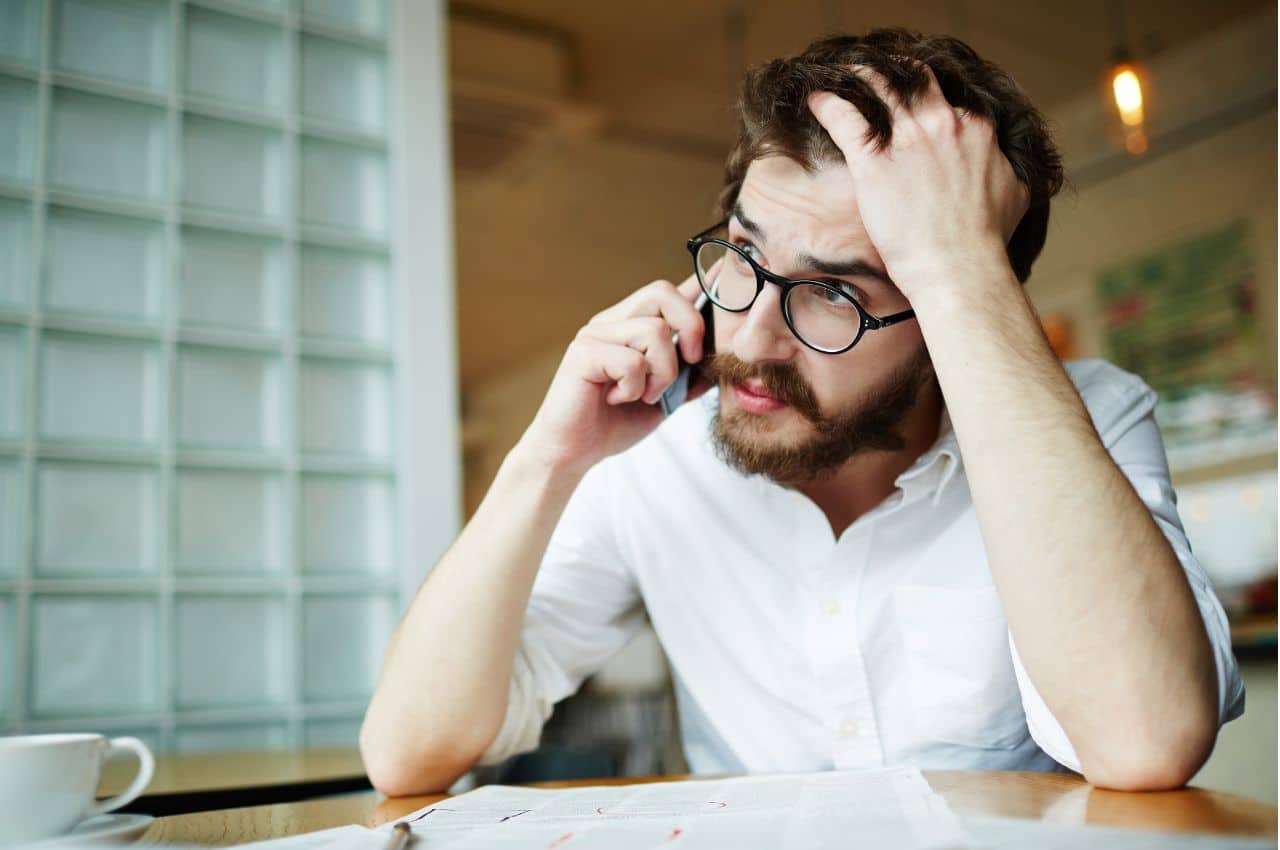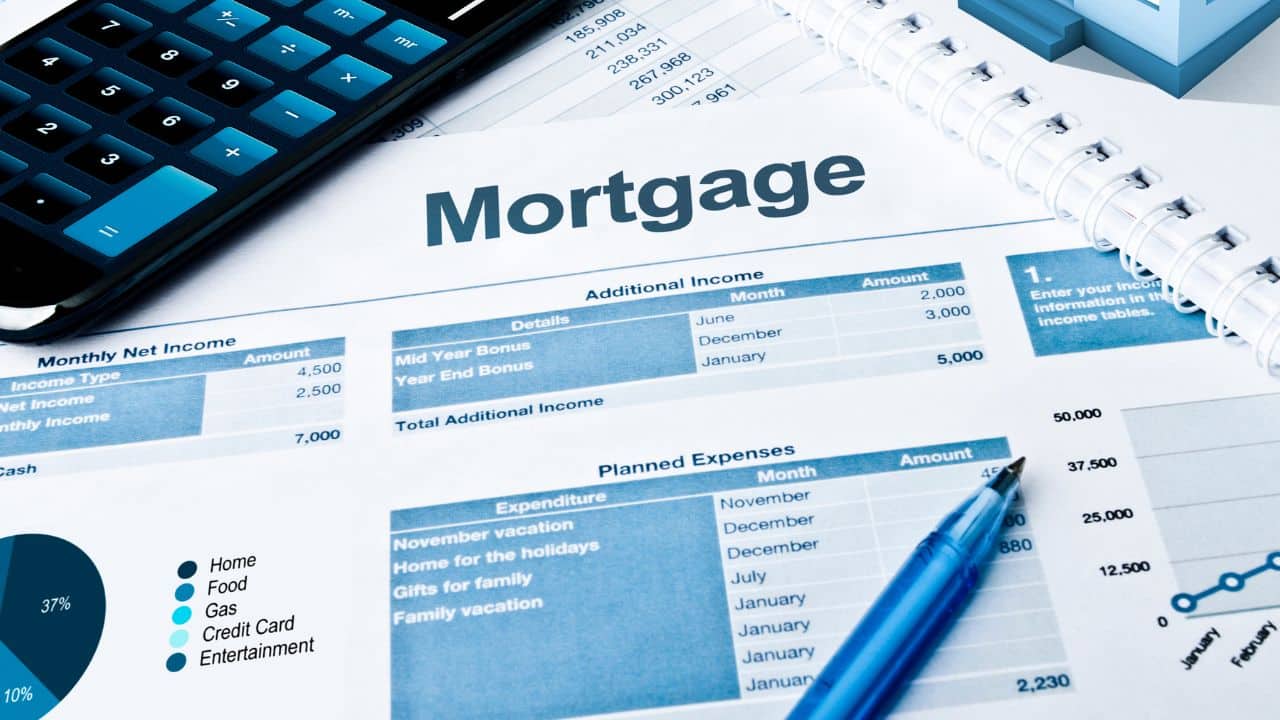Ant infestations in newly constructed properties can be a perplexing and frustrating issue for homeowners and property managers. These tiny intruders often find their way into new constructions, creating challenges even before the property is fully settled. Understanding the nature of ant infestations, their causes, and effective control measures is crucial in maintaining the integrity and comfort of a new home. This guide delves into the world of ants in new constructions, offering insights and solutions to effectively manage these uninvited guests.
Don’t let pests take over your home! Act now and schedule a professional pest control service to get rid of unwanted guests.
Ants in New Construction Home
Newly constructed homes are particularly vulnerable to ant infestations for several reasons. First, the construction process often disturbs the natural habitat of ants, prompting them to seek new shelter. This can lead them directly into your new home. Additionally, construction materials, especially wood and certain insulation materials, can attract certain ant species.
Identifying the type of ants infesting a property is key to effective control. Common types include carpenter ants, which are attracted to moist wood, and pavement ants, which often nest in soil and can enter homes through cracks. Another common type is the odorous house ant, known for its distinct smell when crushed and for being attracted to sweet substances.
The presence of ants in a new construction can be more than just a nuisance. Certain types, like carpenter ants, can cause structural damage. Identifying the type of ant and understanding their behaviour and preferences is essential in devising a targeted approach to control and prevent infestations.

Smarter Pest Control, Fewer Headaches.
Does Chlorine Kill Ants in Pool Areas?
Ant infestations can be particularly problematic in areas surrounding pools. A common question is whether chlorine, a standard pool-cleaning chemical, is effective in killing ants. While chlorine can be lethal to ants, its effectiveness as a pest control solution is limited. Ants are less likely to be directly exposed to chlorine in a way that would be lethal, and relying solely on chlorine to manage ants around pools is not advisable.
Moreover, the presence of ants around pools can be indicative of other issues. Ants may be attracted to the moisture or the sweet substances often found in poolside settings. Therefore, a multifaceted approach is needed. This includes maintaining cleanliness around the pool area, ensuring no food residues are left out, and managing moisture levels.
For areas directly adjacent to the pool, consider using ant baits and non-repellent insecticides, which can be more effective than chlorine. It’s also important to regularly inspect and seal any cracks or crevices in the pool area where ants may enter or nest.
In managing ants in pool areas, a combination of good sanitation practices, chemical controls, and physical barriers can be more effective than relying on chlorine alone. This multifaceted approach ensures that the pool area remains enjoyable and free of unwanted pests.
Are Ants Attracted to Mold?
A common issue in new constructions is the presence of mold, which can surprisingly be a factor in attracting ants. Certain ant species are drawn to the fungi that grow on moldy surfaces, using them as a food source. This attraction to mold is particularly seen in humid environments where mold growth is prevalent.
In new properties, mold can develop due to residual moisture from the construction process or from leaks and condensation issues. To prevent both mold and ant infestations, it’s crucial to ensure proper ventilation and moisture control. Regular inspections for water leaks, proper sealing of windows and doors, and the use of dehumidifiers in damp areas can significantly reduce the risk of mold and, consequently, ant attraction.
Besides moisture control, regular cleaning and maintenance are key. Removing potential food sources, such as spills and crumbs, can make the environment less inviting for ants. By addressing mold issues, property managers not only maintain the structural integrity and air quality of the property but also reduce the likelihood of attracting ants.
Check out our post about common signs of infestations.
Why Are There Ants in My Closet?
Closets in new homes can unexpectedly become hotspots for ant infestations. This is often due to two main factors: the presence of food sources and the secluded, undisturbed nature of these spaces. Ants are drawn to any food remnants, including sugar residues on clothing or bags, and pet food. They are also attracted to the darkness and relative quiet of closet spaces, which can resemble their natural nesting environments.
To manage this issue, it is essential to maintain cleanliness and order in closet spaces. Regularly vacuuming and wiping down shelves can remove potential food sources. Additionally, storing food items, including pet food, in airtight containers can prevent ants from detecting and accessing them.
Another effective strategy is to inspect and seal any potential entry points in closets, such as gaps in the baseboards or holes around utility lines. These preventative measures can be complemented by the use of natural repellents like peppermint oil, which can deter ants without introducing harmful chemicals into the living space.
Creating an Ant Barrier: Prevention Strategies
Establishing an ant barrier is a crucial step in preventing infestations in new constructions. This can be achieved through both physical and chemical means. Physically, barriers can be created by sealing cracks and crevices in walls, foundations, and around windows and doors. This not only prevents ants from entering but also blocks other pests.
Chemical barriers involve the use of ant repellents and insecticides around the perimeter of the property. Non-repellent insecticides are particularly effective as ants cannot detect them and, consequently, carry the substance back to their colony, effectively eliminating the source of the infestation.
In addition to these barriers, maintaining a clean and dry environment is essential. Regular landscaping to keep vegetation away from the property’s structure and ensuring proper drainage can further discourage ant colonies from establishing near the home.
Property managers should also consider the use of professional-grade products or services for more persistent or severe infestations. Pest Share, for example, offers expert solutions that provide both immediate relief and long-term prevention. They can tailor their approach based on the specific type of ant and the layout of the property, ensuring an effective and lasting barrier against these persistent pests.
Effective Ant Control Methods for New Homes
When dealing with ants in newly constructed homes, using the right control methods is crucial for long-term prevention. Baiting is one of the most effective strategies, as ants carry the bait back to their colony, eliminating the source of the infestation. Non-repellent insecticides can also be useful, as they allow ants to spread the treatment unknowingly. For immediate relief, natural remedies like vinegar or diatomaceous earth can help deter ants from high-traffic areas. However, if the infestation persists, professional pest control services can provide targeted solutions that address the root cause and prevent future issues.
Professional Ant Killer: When to Call the Experts

There are scenarios where the infestation surpasses the efficacy of DIY methods, and that’s when professional intervention becomes necessary. Recognizing these situations is key to maintaining the health and safety of your new property. Signs that indicate the need for professional help include large ant colonies, recurrent infestations, and the presence of more aggressive ant species, like fire ants or carpenter ants.
Professional ant killers, like those at Pest Share, bring expertise and advanced tools to the table. They conduct thorough inspections, identify the ant species and the source of the infestation, and deploy targeted treatments that are both effective and safe for the property and its inhabitants. Additionally, they can provide ongoing management plans to prevent future infestations, offering peace of mind and long-term protection.
Relying on professionals is especially crucial in new constructions, as they can also advise on structural modifications or landscaping changes that can reduce the likelihood of future ant problems. Their holistic approach not only addresses the current issue but also fortifies the property against potential future invasions.
Conclusion
Navigating ant infestations in newly constructed properties requires a balanced approach of understanding, prevention, and, when necessary, professional intervention. From identifying the reasons behind closet infestations to establishing effective ant barriers, each step plays a vital role in maintaining an ant-free environment. Remember, early detection and proactive measures are key.
Should you find yourself facing a challenging ant problem, don’t hesitate to reach out to Pest Share. Their expertise in dealing with pesky invaders in new constructions can save you time and ensure a lasting solution. So, take the first step towards an ant-free home today and let Pest Share help you maintain the comfort and integrity of your property.





